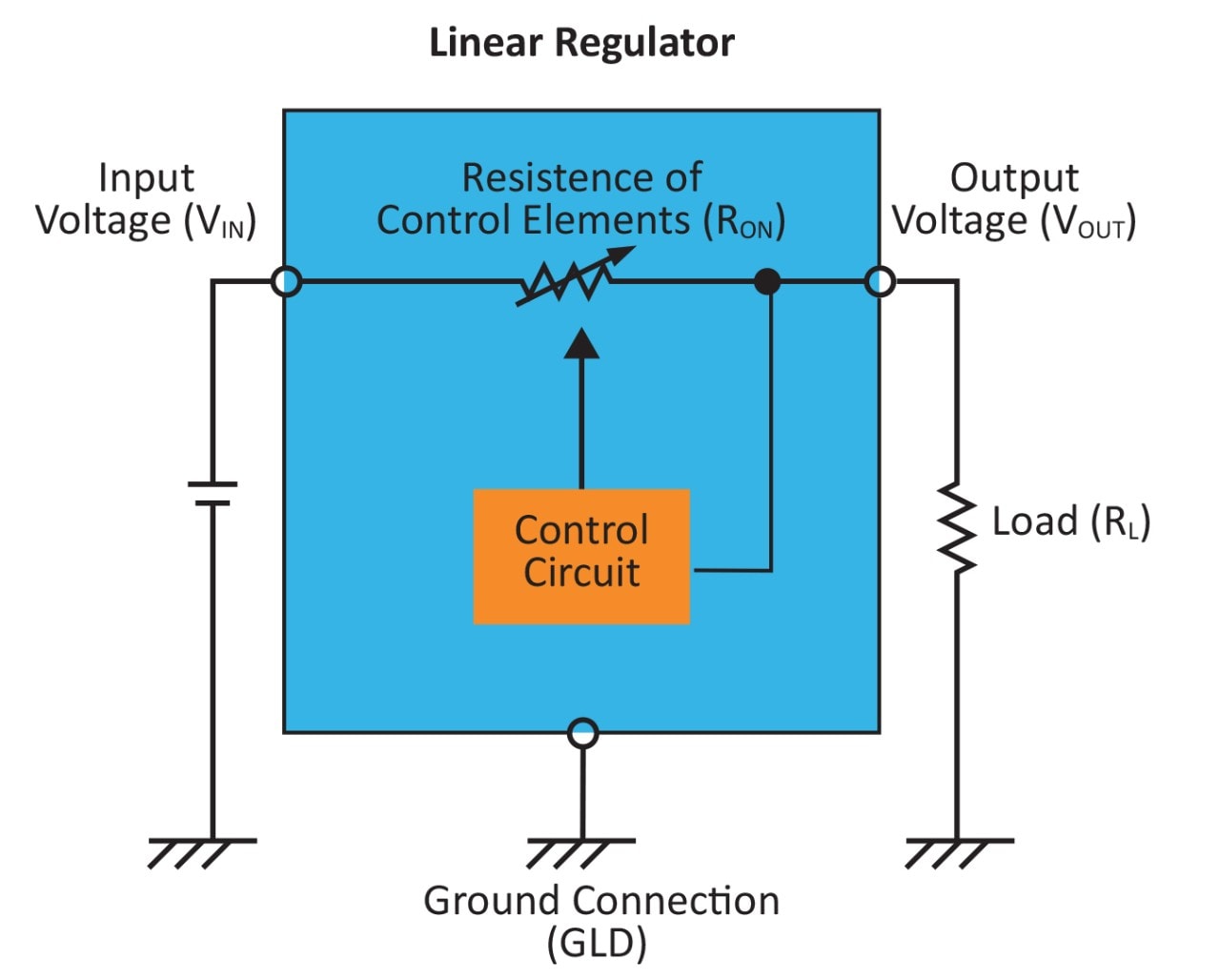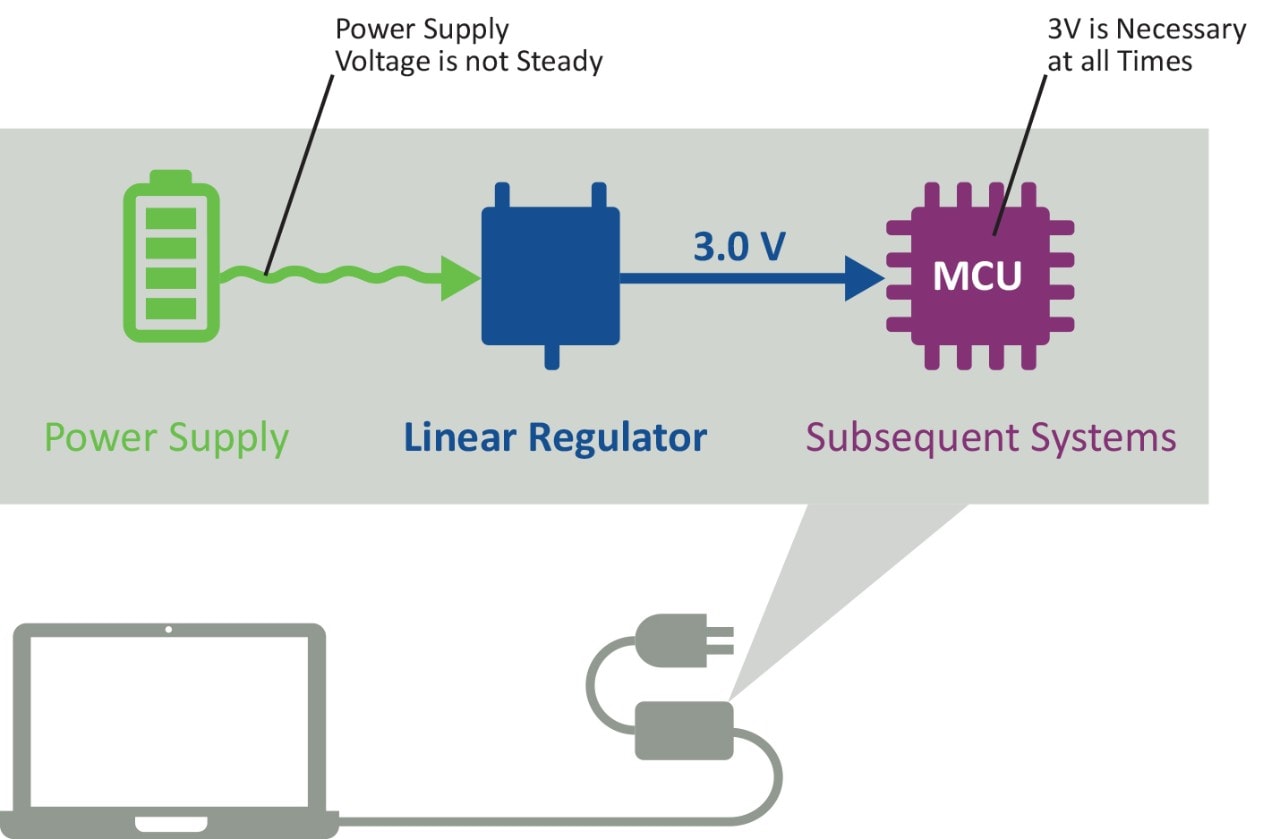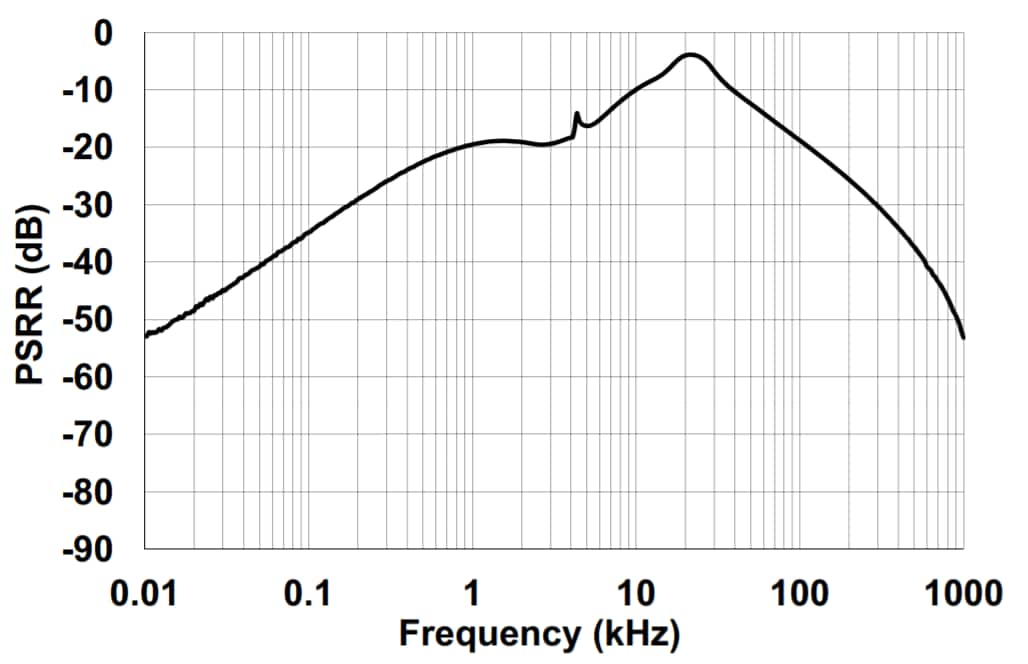Linear Regulators Explained
What Are Linear Regulators?
Linear regulators are a simple solution for using an integrated circuit to regulate a higher voltage to a lower voltage without the use of an inductor. Linear regulators span a wide spectrum of specialized uses and can be widely implemented in today’s electronics because of their simplicity and low cost.
What Does Low Dropout (LDO) Mean?
Dropout voltage is the minimum voltage difference required between the input voltage and desired output voltage for the linear regulator to provide sufficient regulation. If the voltage difference between input and output is lower than the specified dropout voltage, the linear regulator will enter dropout mode, where the device ceases to regulate the input voltage and the output voltage will track the input voltage. Linear regulators with lower dropout voltage have the advantage of regulating input voltages with smaller margins to the desired output voltage. In other words, the lower the specified dropout voltage, the closer the input voltage can be to the output voltage while maintaining regulation.

How Does an LDO Linear Regulator Work?
In simple terms, an LDO linear regulator regulates the input voltage from a source, like a battery, into a lower output voltage that can be used by a device on the load side, commonly a microcontroller (MCU). There are two major LDO architectures, PMOS and NMOS, that achieve voltage regulation. Regardless of architecture, LDOs achieve voltage regulation via a feedback loop that allows the circuit to control the drain-to-source resistance. The difference between PMOS and NMOS can be summarized in how the error amplifier relates to the gate-to-source voltage. In a PMOS architecture, as Vin approaches Vout, the gate-to-source voltage is driven negative to lower the drain to source resistance and provide voltage regulation. In an NMOS architecture, the error amplifier drives gate-to-source voltage more positive to decrease the drain-to-source resistance as the input voltage approaches the output voltage. The NMOS architecture encounters a roadblock to achieving LDO because the gate-to-source voltage begins to drop once the error amplifier saturates as Vin approaches Vout. Therefore, it is common for a NMOS LDO to implement either a bias voltage rail or a charge pump to achieve LDO performance. Outside of the architecture, other variables contribute to the LDO performance such as output current, junction temperature and accuracy.

What Is High PSRR?
In the process of dropping input voltage to output voltage, various unwanted frequencies could find their way into the integrated circuit. The PSRR of a linear regulator is the measurement of how well the integrated circuit filters and rejects extraneous noise in the input voltage signal before voltage is outputted. High PSRR typically correlates to a more consistent output accuracy.

Single Output LDO Regulator
Single output of regulated voltage with your choice of fixed or adjustable output
Multiple Output LDO Regulator
Multiple output of regulated voltage of fixed output
Ripple Blockers
LDO regulators with low-pass filter in one package for high PSRR for various frequency ranges
Ultra-Low Quiescent Current
Single output of regulated voltage with your choice of fixed or adjustable output
High-Voltage Automotive LDO Regulators
Suitable for automotive applications with 12–48V systems